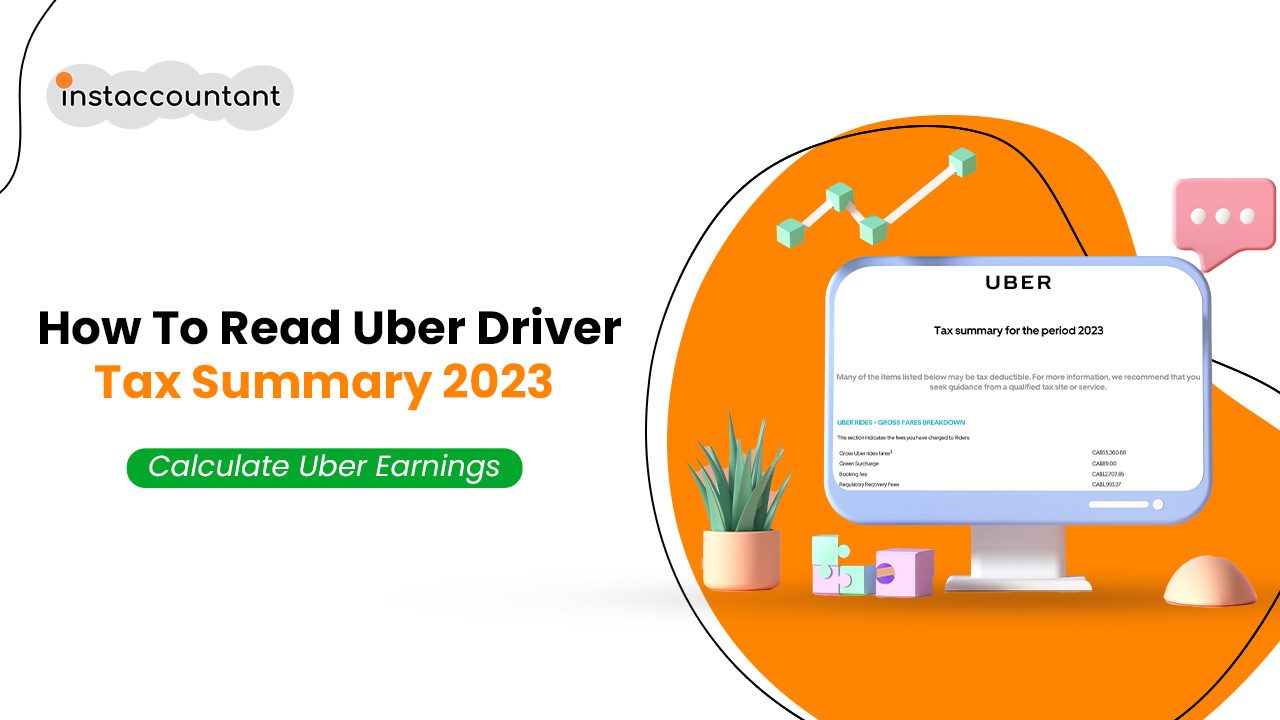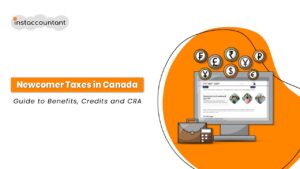Tax season can be overwhelming, especially when it comes to understanding your Uber Tax Summary as a Canadian driver. But fear not! This guide will break down your Uber Tax Summary step-by-step, so you can understand everything it tells you. Plus, we’ll explain how to make sense of your earnings and deductions, so you can easily file your taxes. Whether you’re new to Uber or have been driving for a while, our comprehensive guide will provide easy-to-understand explanations and expert tips to help you navigate your tax summary with ease.
What is an Uber Tax Summary?
An Uber Tax Summary is an annual tax document generated by Uber for drivers and delivery people who use the Uber app. It includes all the financial transactions between the driver, passengers, and Uber. The purpose of the tax summary is to help drivers understand their total income and potential deductions for tax purposes. By analyzing the various sections of the summary, drivers can calculate their actual earnings and ensure they comply with Canadian tax regulations. The Uber Tax Summary is an important tool for accurately reporting income and deductions, making the tax filing process smoother for drivers.
What’s Included in the Uber Tax Summary?
Here’s a breakdown of some key components you’ll find in your Uber Tax Summary:
Gross Fare Breakdown
The first section of the Uber Tax Summary is the Gross Fare Breakdown. This section focuses on the fares collected by the driver from passengers for the ridesharing services provided. When a passenger requests a ride, the driver charges a fare for picking them up from point A and dropping them off at point B. It is important to note that the fare amount collected by the driver does not represent their earnings and is not included in their tax return.
In addition to the fare amount, the Uber Tax Summary also includes several other categories:
- Green Surcharge: This is a surcharge collected by Uber on behalf of the driver.
- Booking Fee: Uber charges passengers a fee for booking a ride.
- Regulatory Recovery Fees: These fees vary based on the jurisdiction and are charged by Uber on behalf of the driver.
- Airport Fee: If a ride originates or ends at an airport, Uber collects a fee from the passenger on behalf of the driver.
- Split Fare Fee: If passengers choose to split the fare, Uber charges a fee for facilitating the transaction.
- Miscellaneous: This category includes additional charges for services such as cleaning fees or tolls paid by the passenger.
- Tips: Amounts paid by customers as tips to the drivers.
- GST/HST Collected from Riders: This amount represents the Goods and Services Tax or Harmonized Sales Tax collected by the ride-share driver from passengers. It is important to note that this is not the driver’s income but a liability that needs to be reported separately.
Remember, these amounts need to be adjusted and calculated to determine the actual income that will be reported in the driver’s tax return. Understanding the breakdown of the gross fares in your Uber Tax Summary is crucial for accurately reporting your deductions and maximizing your tax benefits as a Uber driver.
Uber Rides Fees Breakdown
The next section of the Uber Tax Summary provides information about the fees charged by Uber to the driver. These fees include:
- Service Fee: This is a percentage of the fare amount that Uber deducts as its fee.
- Other Amounts: These are miscellaneous fees charged by Uber to the passenger on behalf of the driver.
- Fee Discount: Any discounts applied to the fees charged by Uber.
- GST/HST Paid to Uber: This amount represents the taxes paid by the driver to Uber for its services. These taxes are considered as input tax credits in the driver’s tax return.
It is important for drivers to keep track of these fees as they are considered business expenses and can be deducted from their earnings. Deducting common driving expenses, including fees and tolls that Uber takes out of the driver’s pay, is one way to lower taxes.
Mileage Breakdown
The final section of the Uber Tax Summary provides information about the driver’s mileage. There are two types of mileage:
- On-Trip Mileage: This refers to the mileage from picking up a passenger to dropping them off. It includes the distance traveled while the passenger is in the car.
- Online Mileage: This represents the distance driven while the driver’s app is on, regardless of whether they had a passenger in the car or not. It includes the miles driven while waiting for a trip, en-route to a rider, and during a trip.
By adding up these two mileage categories, drivers can track their total distance driven during the year. It’s important for drivers to keep a comprehensive log of all business-related mileage to accurately report their deductions.
Conclusion
For accurate tax filing, aside from your tax summary, keep all receipts and logs for deduction verification purposes. If you’re unsure about any element of your tax summary or calculations, consult a tax professional experienced with rideshare drivers’ tax responsibilities. Happy filing and best of luck with your tax season!





One Response
How do you reconcile the GST/HST Paid to Uber? I tried doing the (Service Fee + Other Amounts + Fee Discount ) x 13% and that does not equal GST/HST Paid to Uber.